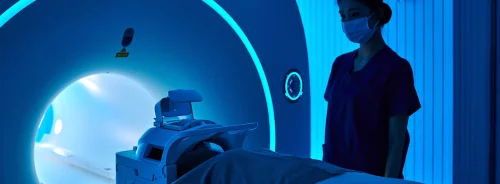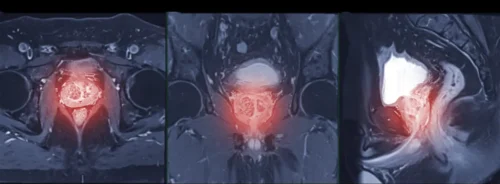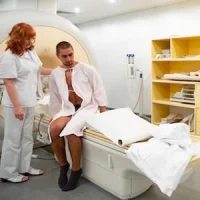COVID-19 has forced everyone to rethink their work and lives in ways that would not have been possible otherwise. Remotely teaching radiology trainees is certainly no exception. For years we have thought of online education as a convenient alternative but not the real deal. However, with current technology and these special circumstances, it is time to optimise this learning opportunity.
However, radiology education can be a little bit more unique in that a lot of learning happens when trainers and trainees are working side by side on a workstation. So, is distance learning a viable option for radiology teaching as well? The answer is a resounding yes!
The average day of a radiology trainee is spent looking and interpreting images. The trainee is able to call on the instructor for questions or validating interpretations that expedite learning and help build learning relationships. The instructor’s tone of voice and body language also provides helpful learning cues. In the absence of that immediate physical presence of the instructor, the trainee might feel stressed and alone in the learning journey.
This is, however, a manageable problem. You start with establishing a good line of communication that is mutually agreed upon and convenient to both parties, be that text, email, phone call, or any other online communication platform. Once that is specified, you can start lessons as you would in an in-person setting.
Start with a greeting and quick chat about how everything has been. Discuss learning goals and set objectives for the day, depending on where they are at in their training program. Take notes for each trainee during the discussion to give appropriate individual feedback. Try to be specific with your comments, such as the choice of words, a list of differential diagnoses, how to approach the case, etc.
Screen sharing allows an almost side-by-side experience. You can choose from free or paid platforms with a variety of features such as sharing a mouse, annotating on screen, and even video feeds. Examples include Zoom, Skype for business, Microsoft Teams, Google Hangouts, WhatsApp, and a myriad of other options with various capabilities. Some platforms such as Zoom can provide a “common reading room” experience where one participant can call out other participants.
With the use of technology comes security and confidentiality concerns. It is important to ensure that you follow all institutional and state/country regulations, such as HIPAA compliance, when choosing any platform. It is a good idea to use security options such as passwords to avoid what is now called “Zoom bombing” on Zoom in which uninvited guests disrupt virtual meetings.
If not using video options, take extra care with your tone of voice and choice of words to ensure that the trainee is benefitting from the feedback without being hurt by a curt tone, for example, and getting positive reinforcement. With just a little care, you can communicate that you care about their development and are there for them when needed.
It is important to remember that during this era of global physical distancing, the trainers are as isolated as the trainees. It is essential to keep everyone motivated as all of us continue to learn, adjust, and persevere during these challenging times.
Source: Academic Radiology
Image Credit: iStock









